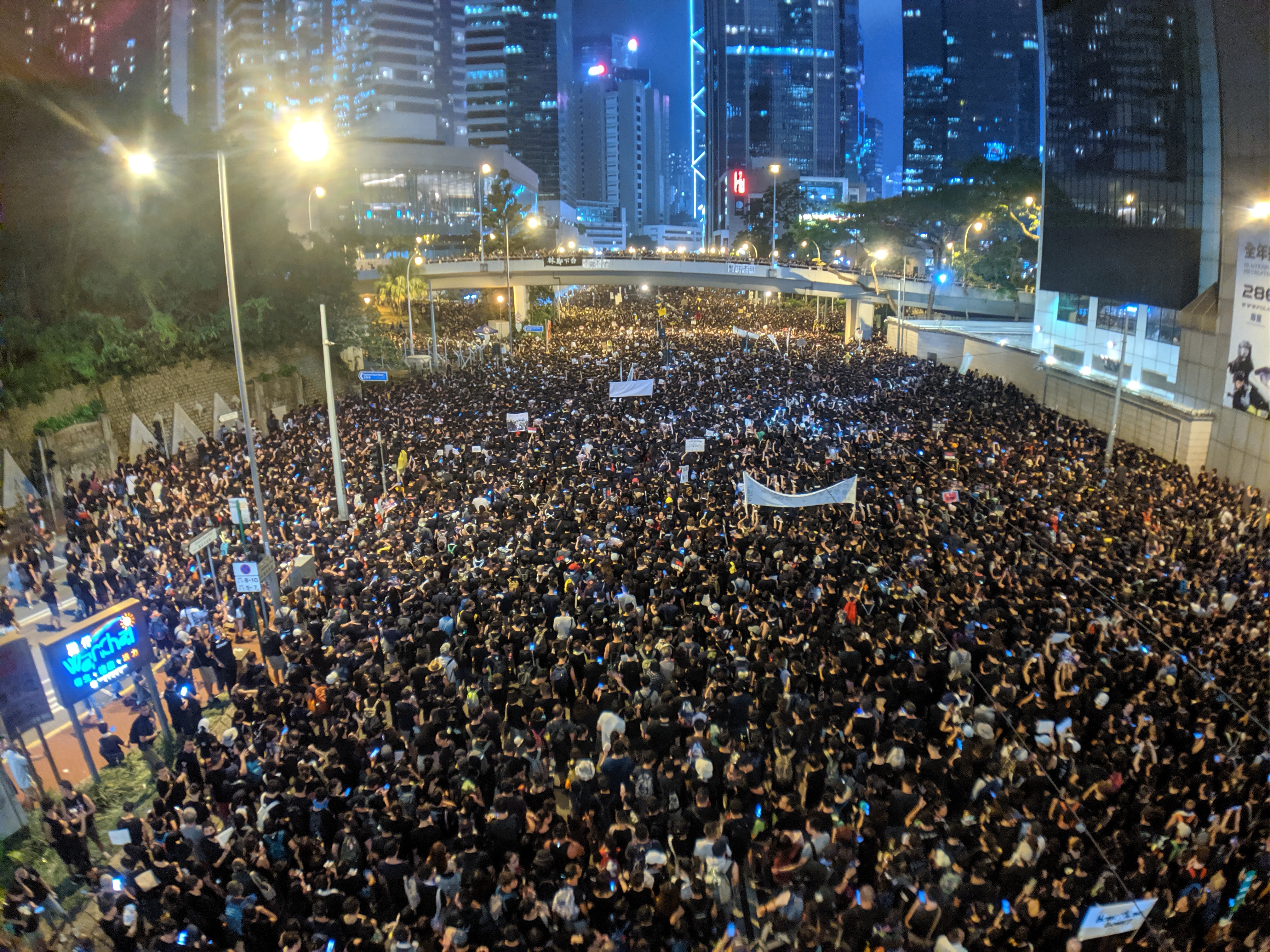Two years have passed since Myanmar’s military staged a coup and violently took control of the country. Despite the military government’s brutal suppression of freedom of expression, civilians continue to march on the street, fighting for the slimmest possibility of freedom and democracy. However, despite symbolic international condemnation and economic sanctions placed on Myanmar military officials, most of whom hold very limited ties with the Western world, little progress has been made. CEIAS has traced detailed international responses from various countries and organizations throughout this time, and we present our findings below.
For day-by-day events (with links to media sources) please visit https://myanmarcouptracker.eu/.
For analytical pieces on the coup and its aftermath, see https://myanmarcouptracker.eu/analyses/.
China remains one of the most important players in Myanmar, responsible for several multi-million dollar infrastructure projects in the region. It is arguably also one of the only international forces with the potential to influence the domestic situation in Myanmar, given the lack of economic leverage from other regional powers. At the coup’s onset, there were hopes that China may take the former Aung San Suu Kyi government’s side, given the relatively good relationship between the two and the initially strategically ambiguous attitude adopted by China regarding the coup. However, not long after its unfolding, China, together with Russia, blocked the UN Security Council’s call for sanctions on the Myanmar military. In the following months, though officially supporting ASEAN’S way of dealing with Myanmar, Chinese officials grew ever closer to the military. One year after the coup, even symbolic concerns over the humanitarian situation were replaced with increased talks on economic exchanges and developing BRI projects. In November 2022, China opened a new shipping route from Guangxi province to Yangon, one of the latest economic developments since the military takeover. Perhaps this development best represents China’s attitude on the Myanmar matter—business as usual.
If “change” is the keyword in the Chinese response following the 2021 Myanmar coup, it is precisely the opposite on the ASEAN side of the story. Indeed, two months following the military takeover, in April 2021, ASEAN released the “Five Point Consensus.” This list of five priorities included an immediate end to violence in the country; dialogue among all parties; the appointment of a special envoy; humanitarian assistance by ASEAN, and the special envoy’s visit to Myanmar to meet with all parties. However, as ASEAN endeavoured to achieve the priorities outlined in its five-point consensus, the result seems to be the opposite of their intentions. Violence and detainment of civilians and journalists continued in Myanmar, and the civilian death toll of pro-democracy protesters has almost reached 3000 as of January 2023. Attempts from the ASEAN special envoy to engage with all parties involved in Myanmar were repeatedly rejected by the junta. Nevertheless, despite the failure of ASEAN’s five-point consensus and the relatively passive position it has taken, not much has changed: talks of the consensus continue to dominate ASEAN conversations. In late 2022, ASEAN started engaging new actors, such as EU members and the United States, to jointly address the Myanmar situation. This can be seen as ASEAN potentially changing its strategy and taking a more proactive stance. However, despite this dim hope, progress has yet to be made.









